Part 3: Mounted Patrolman Joseph Probst Jr.
Part 3 of a three-part series on the popular animal mascots and horses of the Richmond Hill Police Station.
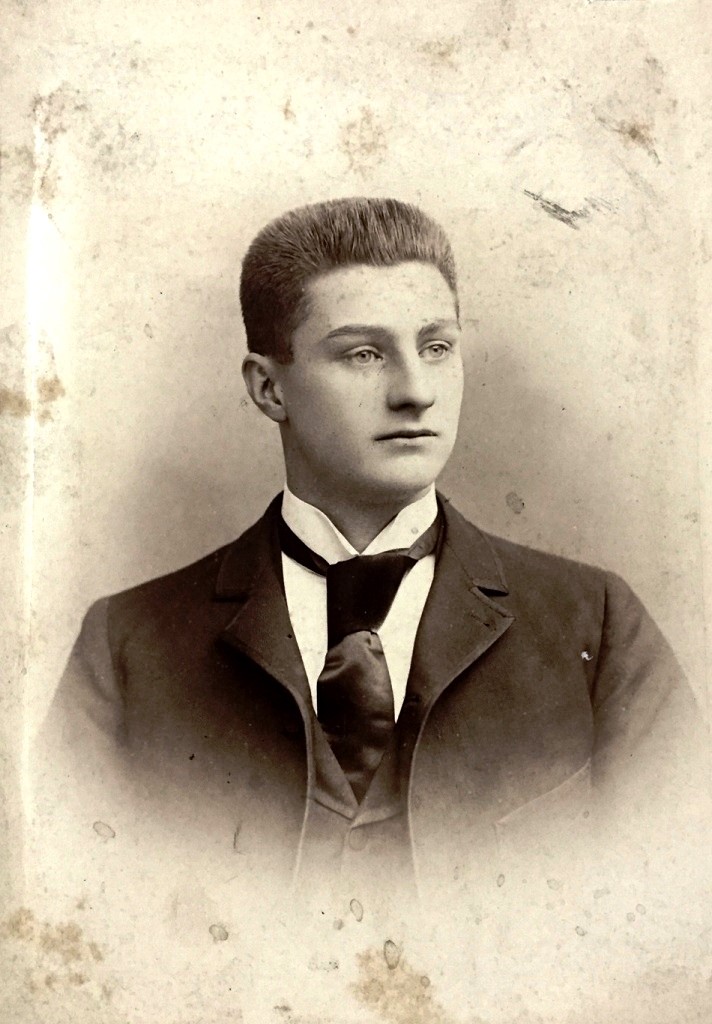
In Part 1 and Part 2 of this series, we met Tramp and Sport, who were popular cat and dog mascots of the Richmond Hill Police in 1924. For this last story of the series, I will tell you about my great-grandfather Joseph Probst Jr., who served on the Richmond Hill Police mounted unit in the early 1900s. I will also explore the history of the Richmond Hill police station and Mounted Unit Troop G.
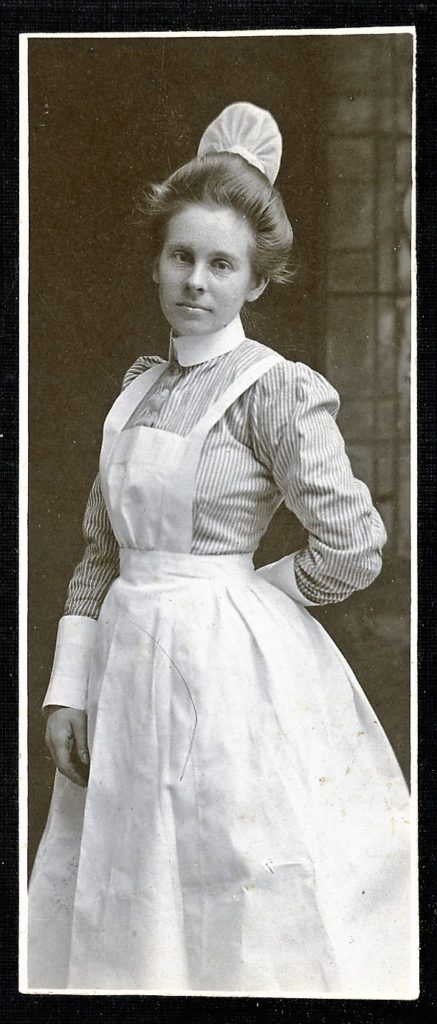
During the reign of Tramp the cat and Sport the dog, one of the most popular horses assigned to the Richmond Hill Police traffic unit was Graywood, who was assigned to Patrolman William Schwoebel. Graywood and Schwoebel were best friends and partners for many years. All the school children loved the horse, and often came to visit him at the police stables behind the police station.
Another favorite horse during this time period was Blaze, who gained notoriety at the start of Prohibition for sniffing out booze in a Richmond Hill cellar. Blaze was the horse of Patrolman David Levy.
By 1924, my great-grandfather had already put in 17 years of service with the mounted unit in Richmond Hill. During his years with Mounted Unit Troop G, he had many adventures with his horse.
Sadly, I do not know the horse’s name.

Born in 1873, Joseph Probst Jr. started his career as a ticket agent for the railroad. Five years after his first wife died in 1899, he married my great-grandmother, Helen Emma Berger.
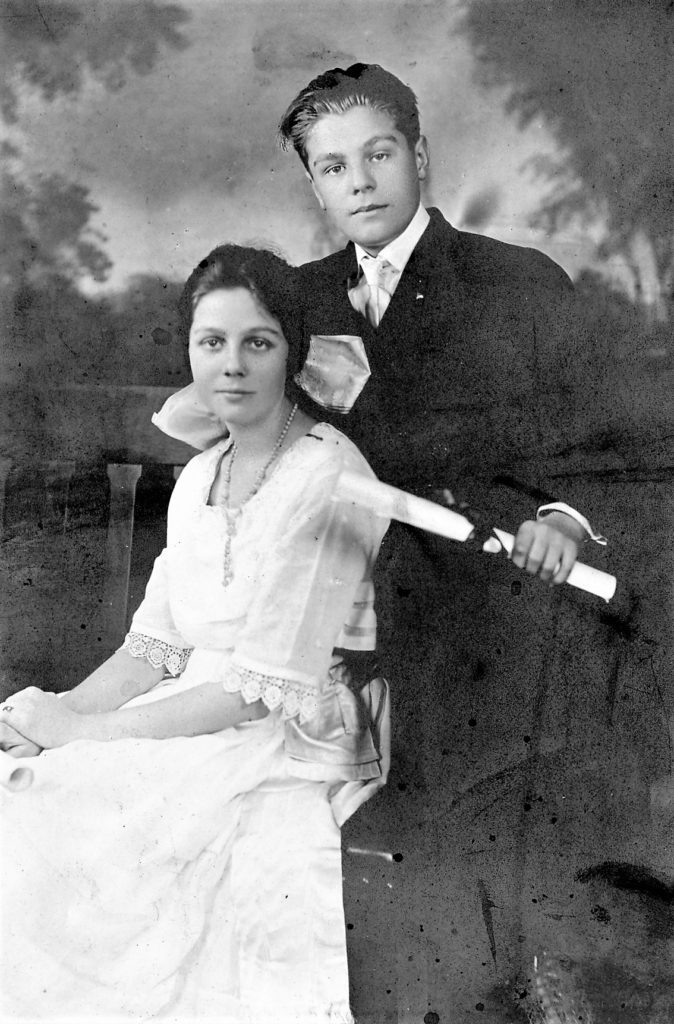
In 1906, Joseph and Helen moved to a new house at 333 Ward Street (now 86-24 125th Street), where my grandmother Margaret and her three siblings were born.
Joseph Probst joined the police department in 1907, which is when the Mounted Unit Troop G was established in Richmond Hill. One of the first four mounted patrolmen in the precinct, he was responsible for training many of the rookie mounted patrolmen.
For many years, my great-grandfather was assigned to traffic control at the intersection of Merrick Road and South Street (now Merrick Blvd and Liberty Ave). At that time, this was a heavy traffic spot in Jamaica.
During his 20 years in service, he was recognized many times for saving lives, stopping reckless drivers, and apprehending criminals.
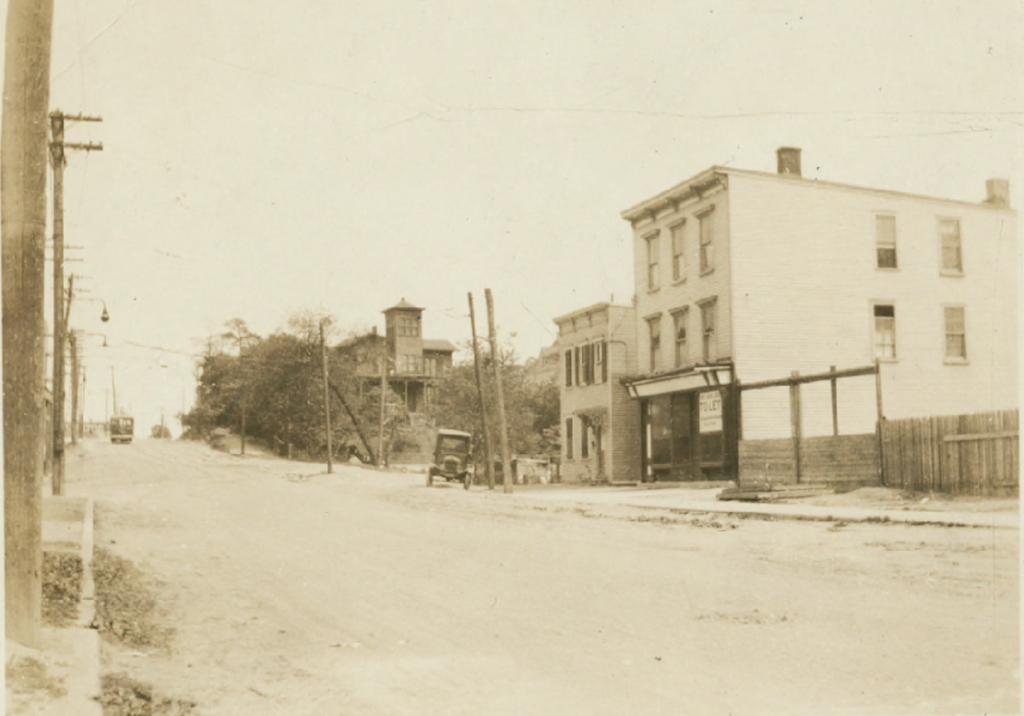
Horse Finds Dying Man in Woods
In May 1910, Mounted Patrolman Probst was riding along Metropolitan Avenue near Forest Park when his horse shied and started sniffing the air towards the trees in the park. My great-grandfather searched around the bushes and found an unconscious man dying from gunshot wounds.
The man died at St. Mary’s Hospital the following day.
According to Brooklyn Times Union, the young man was described as about 30 years old and good looking, with dark curly hair, hazel eyes, and wearing the fine clothes of a gentleman. Alongside the young man lay a .32-calibre rifle and two discharged shells. He had bullet wounds under the heart and on the side of his head.
The bullet wounds were determined to be self-inflicted.
Based on the man’s personal items, including a monogramed watch with the initials A.K., a pin bearing the initials A.F.M. (American Federation of Musicians), several music scores, a tuning fork, and pitch fork, police assumed he was a musician. However, because no one came to claim the body, the man’s identity remained a mystery. He was buried in a Potters’ Field.
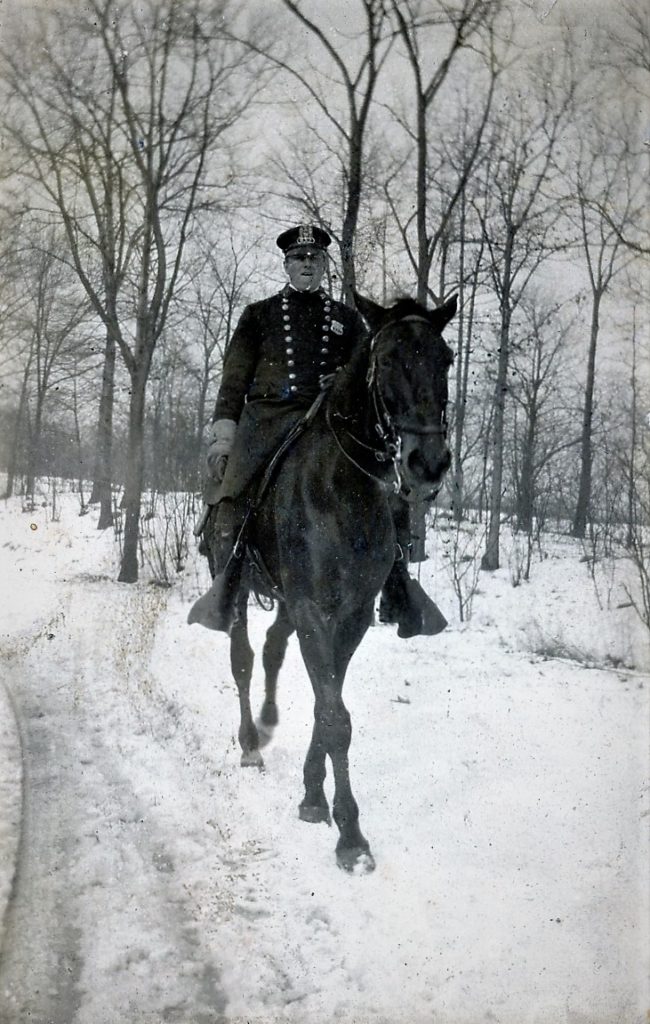
Fortunately for the man’s family, a fellow musician and AFM member named John G. Pfeiffer happened to read the article about the suicide in the newspaper. Determined to identify the man in order to give him a proper burial, he did some extensive investigating. Three months later, he identified the man as J. August Kuehis.
Saves Horses in Fire
On July 16, 1910, the Brooklyn Standard Union reported a large fire that had started in a one-story stable and carriage shed owned by J.J. O’Brien at 19 Vine Street (123rd Street). My great-grandfather, another patrolman named E.J. Mayer, and several citizens led a dozen horses from the shed. The horses all had to be blindfolded before they would leave the shed.
The fire eventually spread to a moulding mill owned by William C. Haguaard & Co., which was surrounded by great piles of lumber on all sides. With so much fuel for the fire, it’s truly amazing that all the horses were saved.
Injured in a Riot

In May 1913, 300 men of Italian descent who were employed in construction work for the Long Island Railroad demanded a 25-cent increase in pay. When their request was turned down, they marched in anger toward Richmond Hill. Along the way, they picked up about 700 more workmen on the tracks.
When the men reached the railroad yards at Richmond Hill, they began throwing stones at the box cars. Four policemen tried to rush the strikers on foot, but they had to retreat from the volley of stones.
News of the riot reached the Richmond Hill police station, where Sergeant Albert Kolson was just about to lead 10 mounted patrolmen in the a drill. The men, including Joseph Probst, began galloping toward the railroad yards, four blocks away.
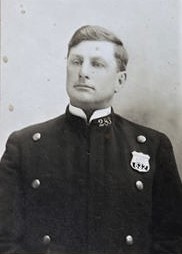
Finding the four foot patrolmen in danger of being rushed by the mob, they charged into the gang of strikers, using their clubs to strike every head in range. Then they drew their guns and began shooting into the air and the ground (for the most part), sending the strikers fleeing in all directions.
During the intense fighting, the bridle of Patrolman Albert Herter was seized, and Herter was dragged on the ground. He was kicked and beaten and had three ribs fractured.
Sergeant Kolson was thrown from his horse and dislocated his shoulder. My great-grandfather was knocked from his saddle by a large rock that caused a gash in his head. He fell on his head and suffered a concussion.
Sergeant Kolson ordered another charge, which sent the mob in two directions — one along Lefferts Avenue and one down Jamaica Avenue to Clarenceville, a mile away. Six men were eventually arrested, two of whom had suffered considerably from the nightstick blows.
In 1914, my great-grandfather earned membership in the the coveted Honor Legion for helping to quell the riot of the Long Island Railroad strikers.

The Passing of Joseph Probst Jr.

Joseph Probst retired from the police department in 1927. He spent his remaining years entertaining friends at home and sharing stories about his adventures on the job.
In January 1933, at the young age of 60, he died of a heart ailment. My great-grandmother, Helen, passed away in 1943.

My great-grandparents were buried at Maple Grove Cemetery in Kew Gardens. One of the days, when COVID-19 has passed and the world has quieted down a bit, I hope to bring my mother there so we can visit their gravesite.

This ends my story of Joseph Probst Jr. If you are interested in history, the following is a history of the police station and Mounted Until Troop G at Richmond Hill.
A Brief History of the Richmond Hill Police Station
The site of the Richmond Hill police station on Church Street (now 118th Street) was originally the farm of Captain Jeremiah Watson Briggs (1792-1876), a seaman and Navy veteran of the War of 1812.
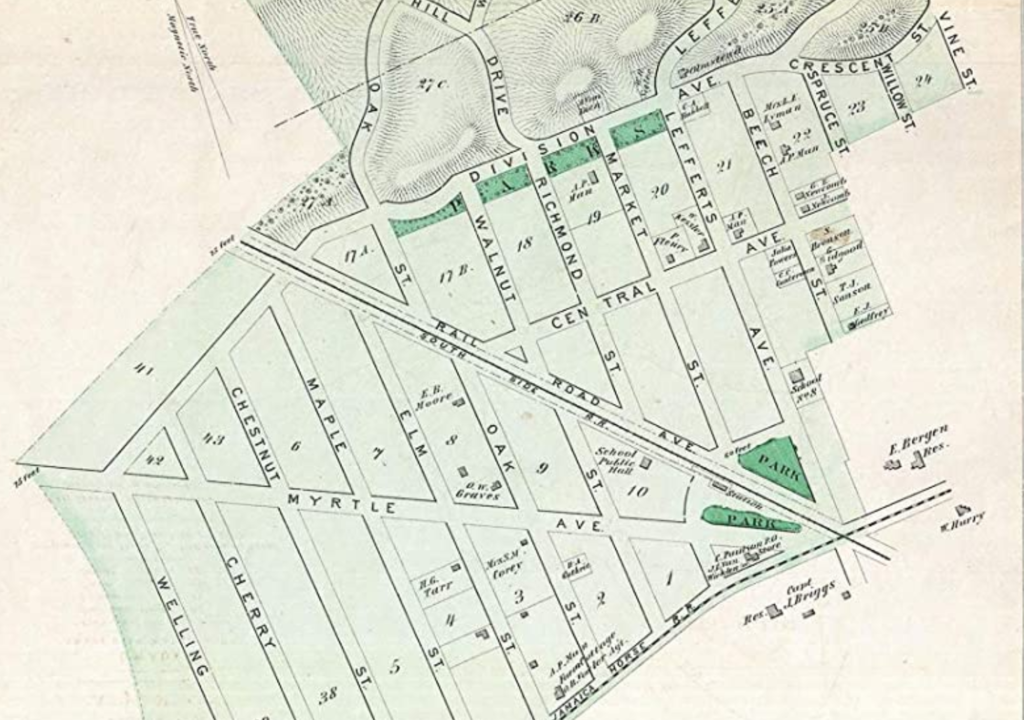
Captain Briggs married Jane Hedges in 1830, and 17 years later the couple moved to the Village of Morris Park in the Town of Jamaica. There, the former Navy man cultivated prized pears on an orchard bounded by present-day Jamaica and Atlantic Avenues.
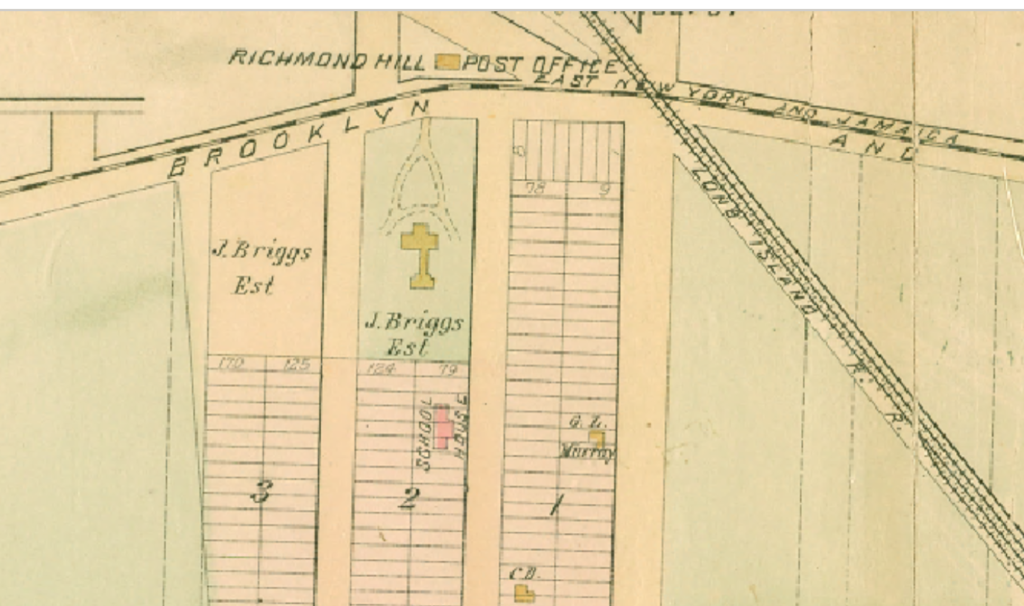
Jane and Jeremiah Briggs had six children: Joseph L., John S., Mary R. , George S., Jeremiah Watson, and Nina H. The last family member to occupy the Briggs residence was Joel Fowler, a grandson of Captain Briggs (the son of Nina Briggs and Oliver Fowler.)
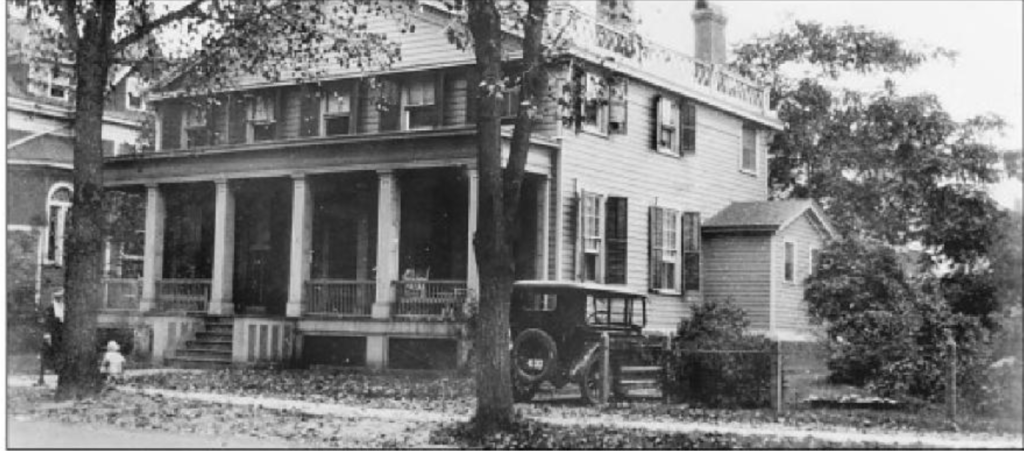

In 1895, Morris Park, Clarenceville, and Richmond Hill merged into the Village of Richmond Hill. To serve the enlarged village, Richmond Hill Village Hall was built on the spot of the present-day police station in 1896.
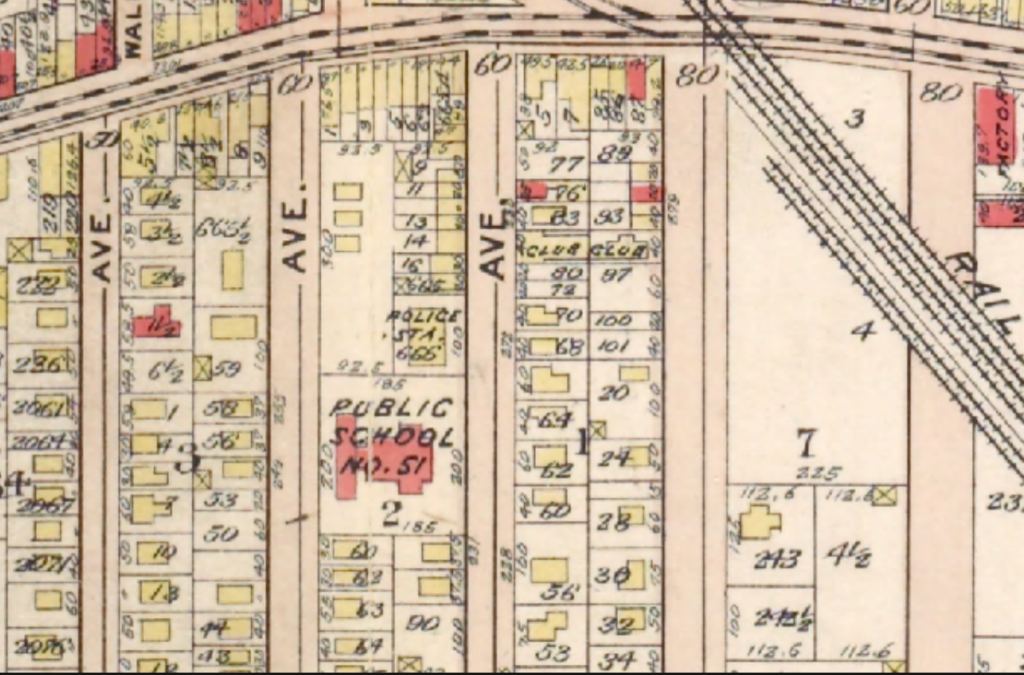
In addition to a general village hall, the building served as the first headquarters of the new Richmond Hill Police, then only a sub-station of the Jamaica police precinct. In 1897, the sub-station (the 18th Sub-Precinct) had one captain and seven patrolmen. All of these men would be replaced a year later, when Queens and the other four boroughs were consolidated to form the City of Greater New York.
The village hall building also housed a jail, the Morris Park Hook and Ladder Company, and a meeting hall on the second floor that also served as an opera house with live performances.
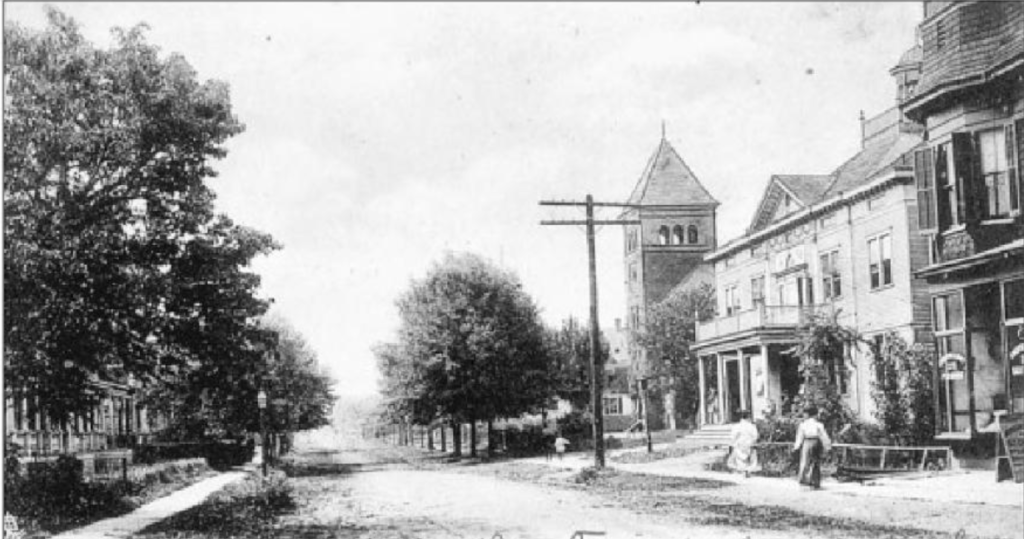
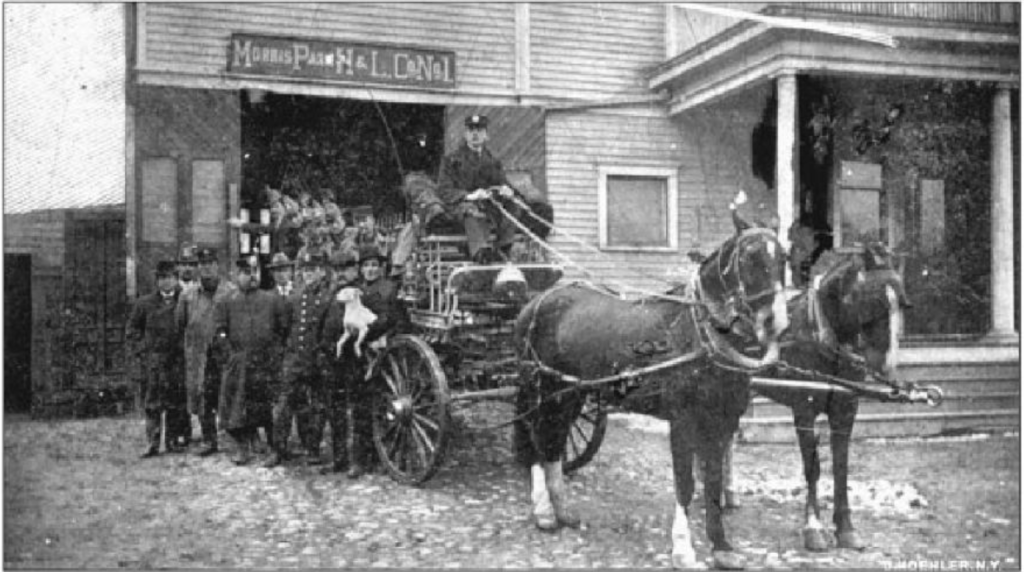
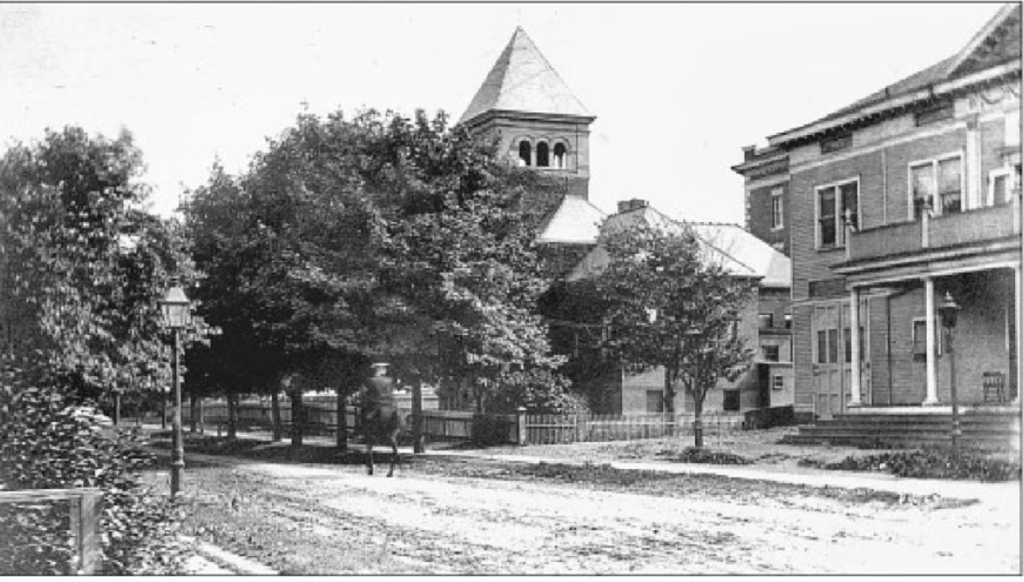

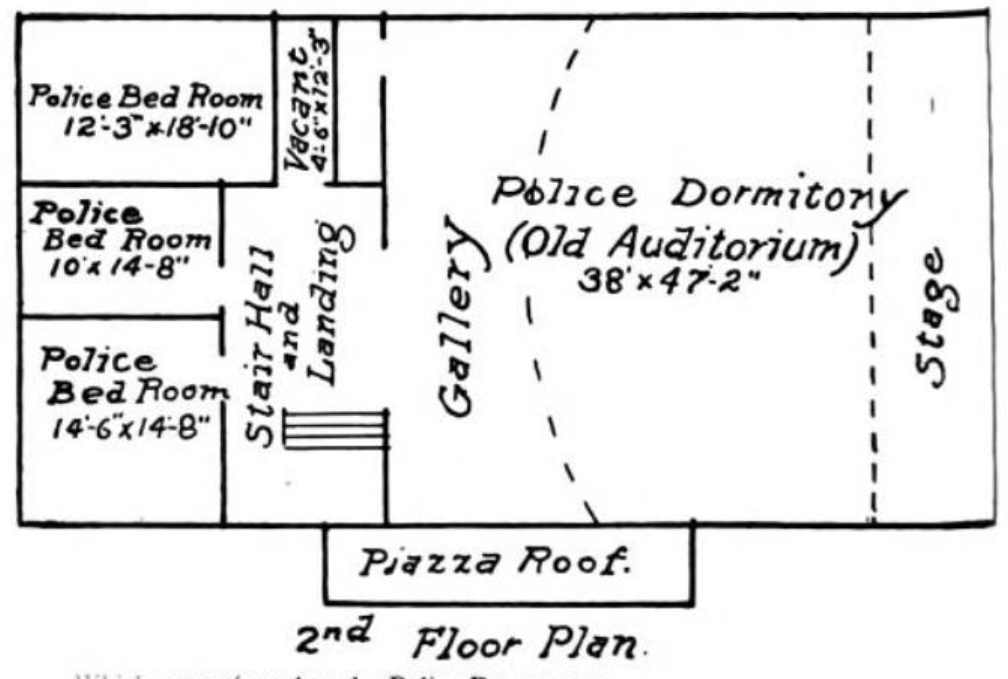
In 1905, The Richmond Hill Board of Trade started looking into getting a new dedicated police station for the growing town. It wasn’t until four years later, when the building was almost washed away in a heavy storm, that first steps were taken to get a new home for the Richmond Hill police.
In April 1910, Police Commissioner William Frazer Baker said he would accept bids for anyone who wanted to buy the barnlike structure for its lumber. By this time, the building was no longer a viable structure for the men of what was now the 283rd Precinct.
As the Brooklyn Times Union reported, the men of the Richmond Hill police station “keep themselves in good training” by constantly dodging plaster falling from the walls and ceiling.
While a new station was being built on the site of the old one, the police leased a two-story frame house with basement and attic at Jamaica Avenue and Sherman Street (127th Street). This was the former home of Colonel William Alexander Jones, a commissioned officer who fought for the Union Army during the Civil War.
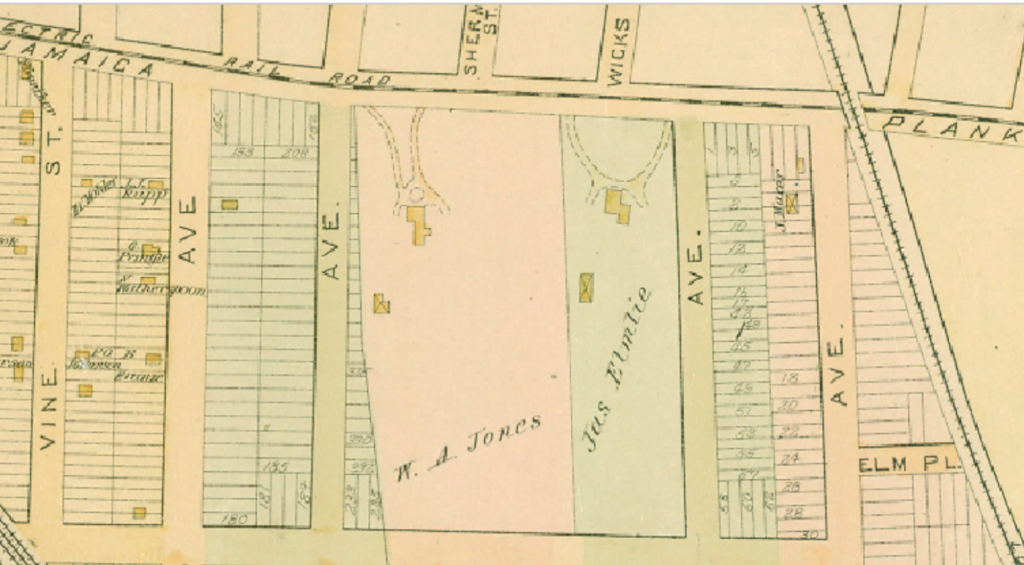
A funny thing happened after the police moved into their new home.
According to the report, soon after Colonel Jones’ death in December 1909, the house and grounds were sold and the property was divided. So, to reach Jamaica Avenue, the police technically had to trespass on the land owned by the realty firm that bought the property situated between the house and the roadway. Local residents joked that the police should arrest each other for trespass each time they crossed the property.
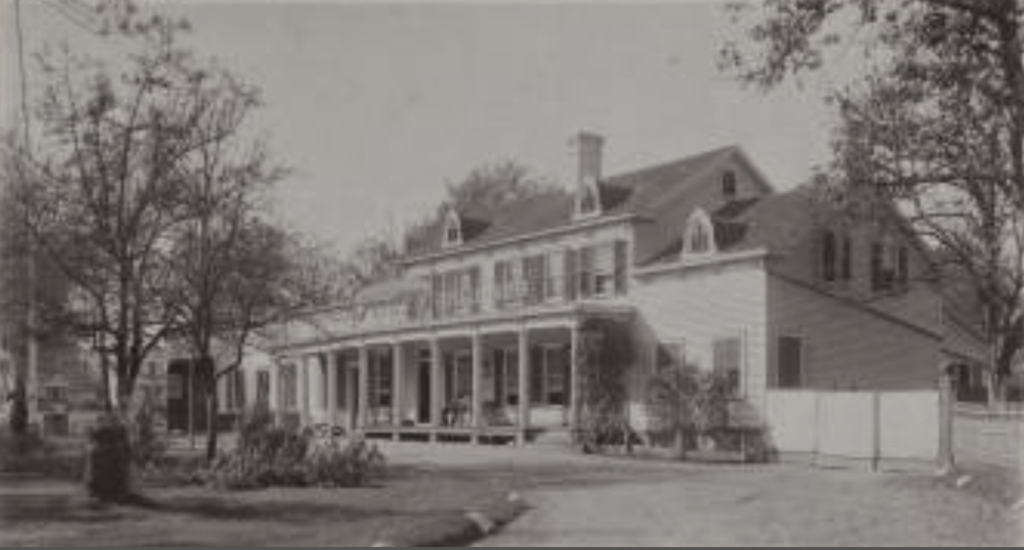
On November 13, 1913, the police moved into their new station at 275 Church Street (now 87-34 118th Street). The new building was designed by Kirby & Pettit, who were also the architects of Dreamland in Coney Island.
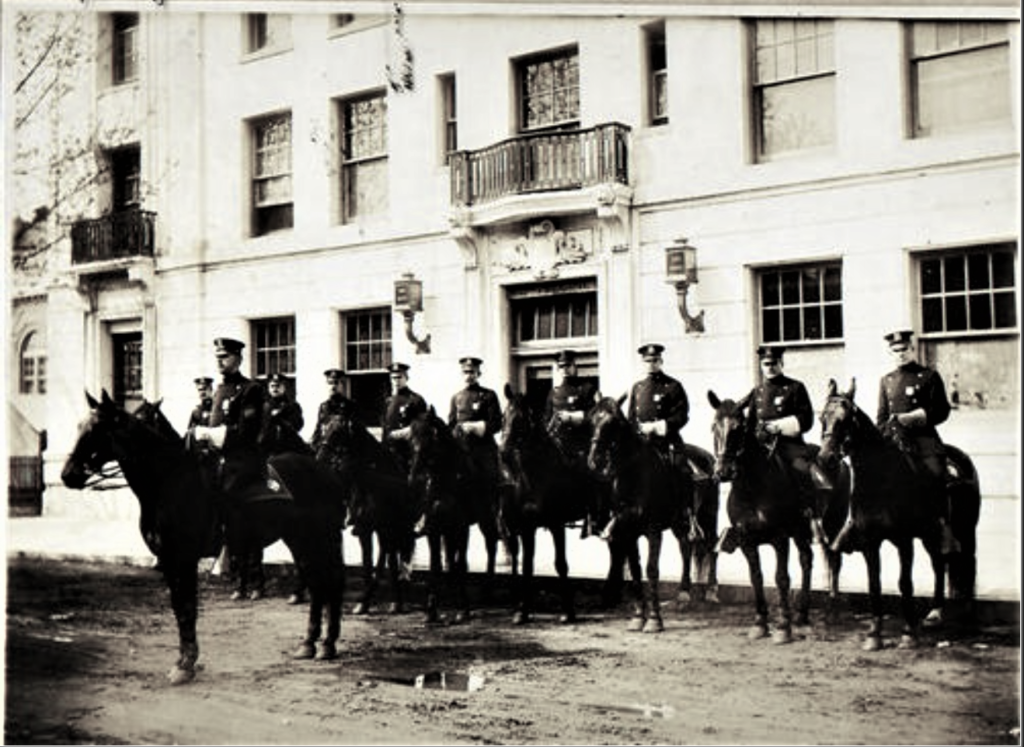
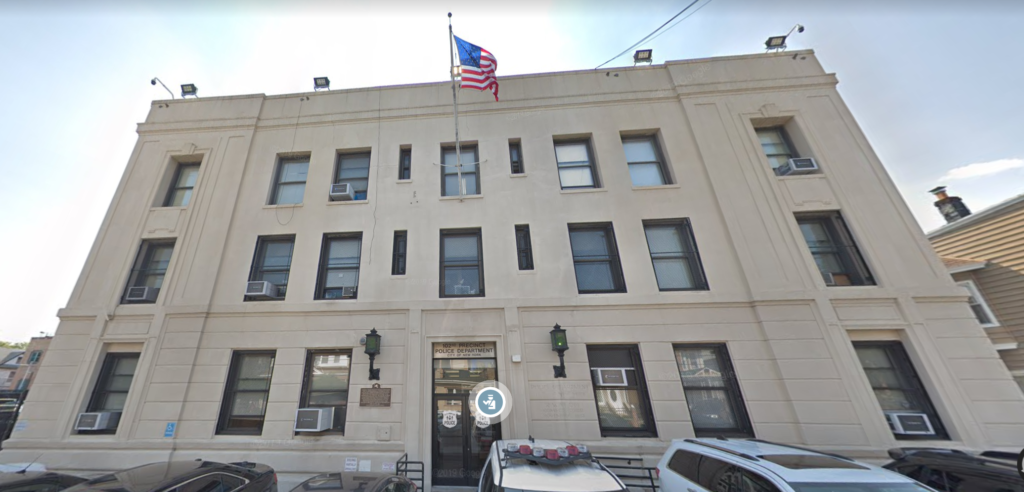
The Final Years of Mounted Unit Troop G
In the early 1980s, the city attempted to close the Troop G stables at Richmond Hill. The residents fought to keep the horses–and they won. In fact, not only did they get to keep the horses, but the horses also got a newly renovated stable facility at the police station in 1984.

At this time, there were 11 horses in Troop G at Richmond Hill, which was one of two stables for NYPD mounted units in Queens (the other stable for Troop F was at Cunningham Park in Bayside). There were also two stables in Manhattan and one in the Bronx and Brooklyn.

In September 1999, due to budget cuts, the Mounted Unit Troop G was moved from the Richmond Hill police stables to the old stables in Cunningham Park. According to reports, the city could not afford to have two hostlers (someone who cares for horses) for both Troop F and Troop G.

The move was supposed to be temporary, but it turned out to be permanent. Although the residents fought hard for five years, in 2004 the horses of the old Troop G were transferred to Troop B in the Chelsea neighborhood of Manhattan.
According to the Queens Chronicle, the stables at Richmond Hill were renovated to accommodate 75 school safety officers for the Franklin K. Lane and Richmond Hill High Schools.



This is a great story. So cool knowing your past relatives. Also, sad time for me as some of my friends at Squad One firehouse in Brooklyn risked thier lives to get pets out of buildings. All my friends died on 9/11
So cool to know your past relatives. And that is the most beautiful wedding gown i have ever seen!
I always enjoy your stories.and the way you present this blog. Looking back from 2021, of course i think the Italian laborers had some legitimate complaints. It really was a different time, and when i was a little child there were still people around who were there.